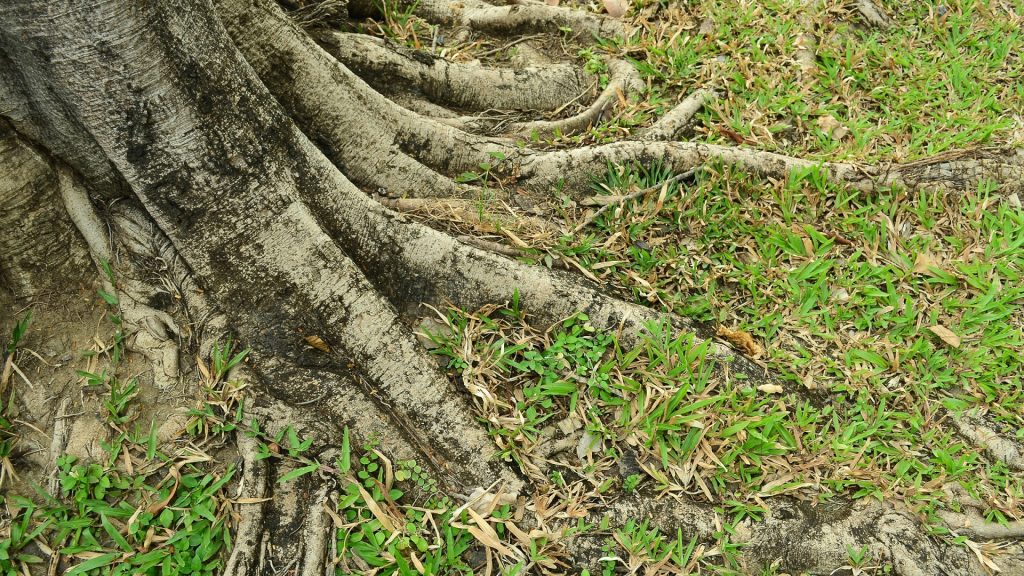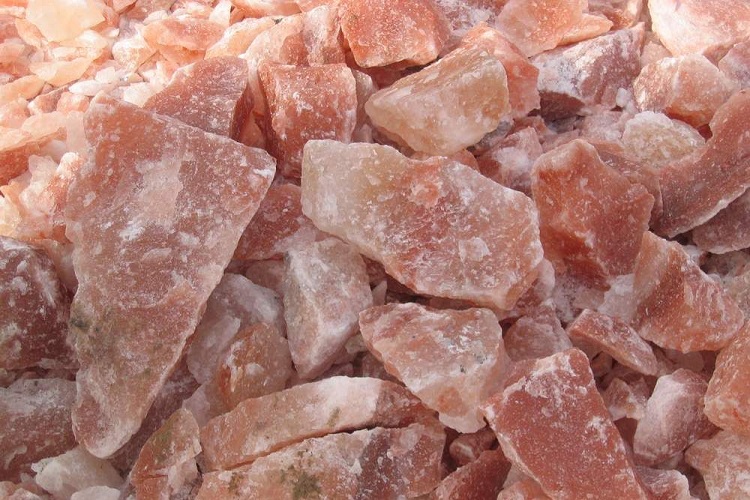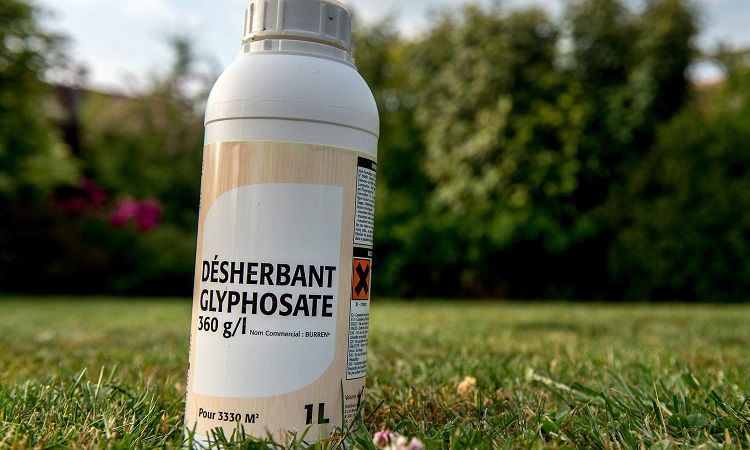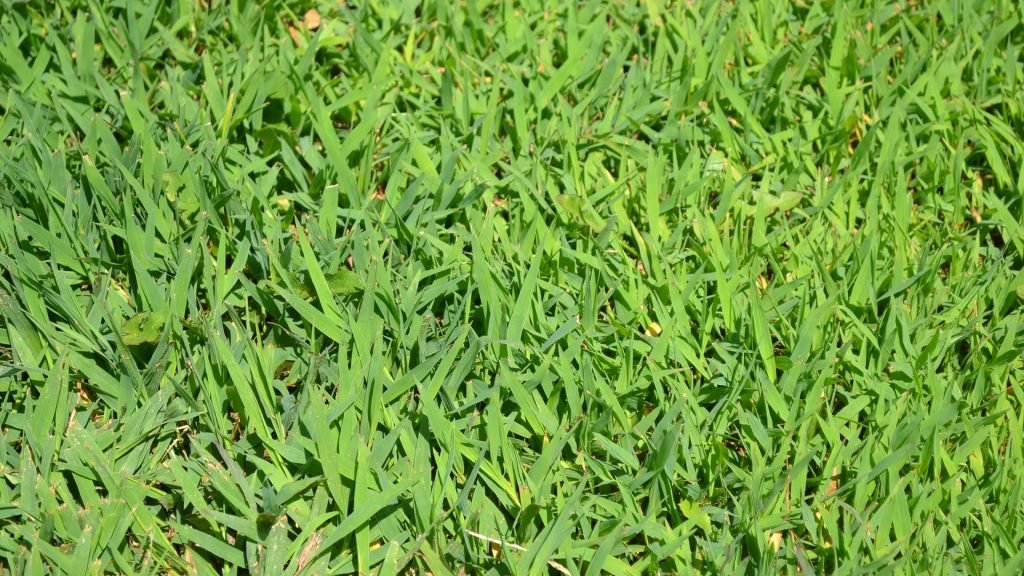
How To Remove Tree Roots From Lawn In 4 Easy Ways
Even though you got rid of old trees in your lawn, you might still be dealing with their roots. These can damage your lawn.
Why are tree roots bad for your lawn? Tree roots can get caught on the mower blades when you mow your grass or make your lawn look a bit uneven. Although tree roots are strong and resilient, you can remove them yourself.
We outline some of the most effective methods to achieve this.
Why Are Tree Roots So Strong And Resilient?

A tree has an underground root system that can reach up to 20 feet in depth and spread into an even wider area than that.
These roots work to transport minerals and water from the soil to the tree, and they anchor the tree so that it can be stable and strong enough to withstand harsh elements, such as wind.
Even when you’ve removed a tree trunk from your garden, its roots are capable of continuing to spread and grow. In fact, tree roots can continue growing for up to seven years after the tree has been cut down!
How To Cut Tree Roots With Tools

If you want a manual way of removing tree roots from a live tree, you need a sharp saw to cut them. Here’s what to do:
- Start by cutting the root at a point where the side root is growing downward.
- Remove soil and grass around the root. To do this, use a lawn spade.
- Sterilize the saw – wipe its blade with a rag soaked in rubbing alcohol. Then, use the saw through the root beyond the point where a secondary root is growing downwards from it.
- If you don’t have a side root that’s growing conveniently, cut through it at a safe distance from the trunk.
- Pull up the rest of the root. Make sure you replace the lawn and soil that you’ve pulled out with it.
- Water the tree well.
- Spread a bit of loose mulch around the root area to nourish it.
How To Remove Tree Roots With Chemicals

You can also use chemicals to eliminate tree roots from your lawn. This is useful if you have roots from a tree you’ve already cut down.
The best way to do this is to apply the chemical herbicide to the tree as soon as you’ve cut it down.
What you’ll need:
- Watering can
- Saw
- Small bucket
- Glyphosate herbicide (make sure it has at least a 41 percent active ingredient concentration)
- Garden sprayer
Instructions:
- Use the saw to make a cut across the trunk. You want to expose the flesh of the tree. If your tree has a diameter of three inches or less, cut across the trunk’s entire surface. Larger trees should get a two or three-inch cut on their outer part.
- Apply three inches of water to the tree’s cambium layer. This is the outer ring found underneath its bark. Doing this will help to transport the herbicide to the tree.
- Mix the glyphosate solution in a 50/50 blend with water. Apply it to the cambium layer that’s now exposed with the use of a garden sprayer.
How To Remove Tree Roots With Rock Salt

If you don’t want to use a chemical herbicide, an ingredient like rock salt can work well. Here’s how to use it.
- Drill a few three-inch holes into the cut surface of the tree trunk. You should also bore some holes into larger roots you can see that are exposed near the ground.
- Fill these holes with rock salt. Pour water into them, making sure that you don’t overfill them. The rock salt can damage vegetation you have nearby and it’s also toxic to pets, so use it carefully.
- Repeat the steps a few times over a few months. When you can see that the roots of the tree aren’t experiencing any regrowth, you’ll know that they’ve been successfully killed off.
How To Remove Tree Roots With Epsom Salt

If you don’t want to use rock salt to kill off tree roots, you can use Epsom salt instead. It takes a bit longer but can be effective.
You will follow the same process as if you were using rock salt, making sure to fill the holes in the tree with the Epsom salt and water.
This can also be safer if you have pets around, as Epsom salts are sometimes used to treat conditions in your pet, but you should obviously avoid overfilling the holes with these salts as you don’t want your pets to consume their runoff.
Can You Remove Tree Roots From A Live Tree?

As we’ve already seen, you can safely remove a live tree’s roots, but be careful as you don’t want to harm the tree. Here are some tips to bear in mind.
- Avoid cutting too close to the trunk. You should never cut more than 25 percent of the tree’s root zone.
- You should cut tree roots during early spring or late in the winter as this prevents them from experiencing dehydration.
- After cutting tree roots, make sure you keep the soil moist.
Related Questions
Is glyphosate a good herbicide that removes roots?

This is a herbicide that actually accumulates in the roots, which is why it can kill roots and weeds so effectively.
How do you calculate the critical root zone of a tree?
This zone is the distance from the tree trunk that is the equivalent of one foot for every inch of the diameter of the tree. So, if the trunk is 12 inches in diameter, the zone will be a 12-foot radius around the tree.
Conclusion
If you want to eliminate tree roots from your lawn, there are different methods you can try, such as manual removal, chemical elimination, and more natural options such as the use of Epsom salts.
Resources:

